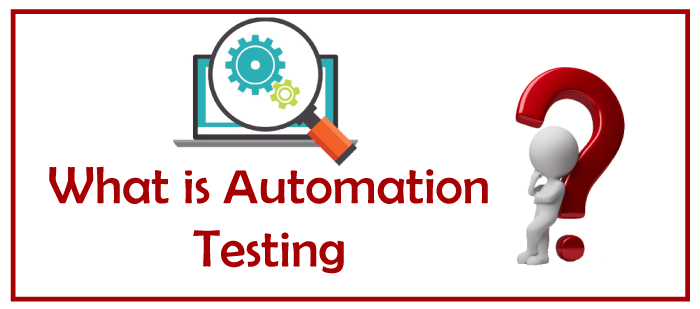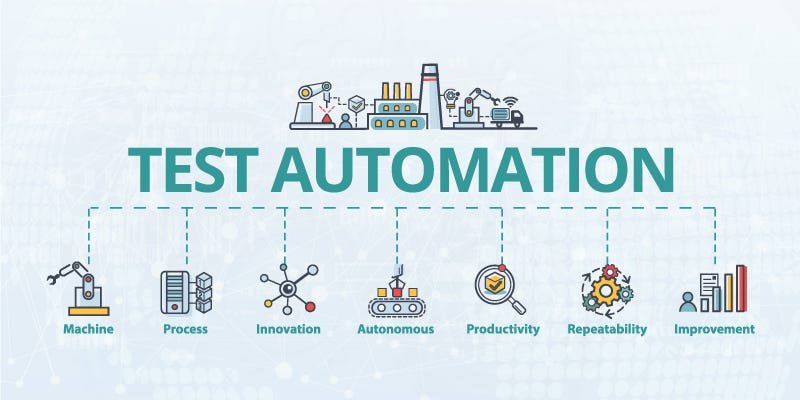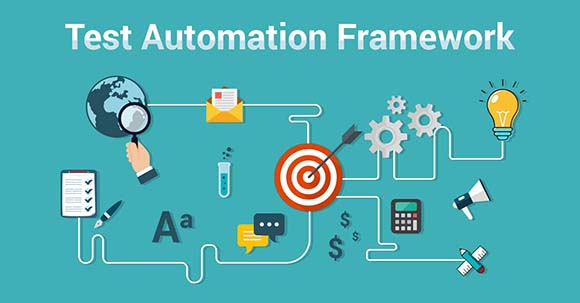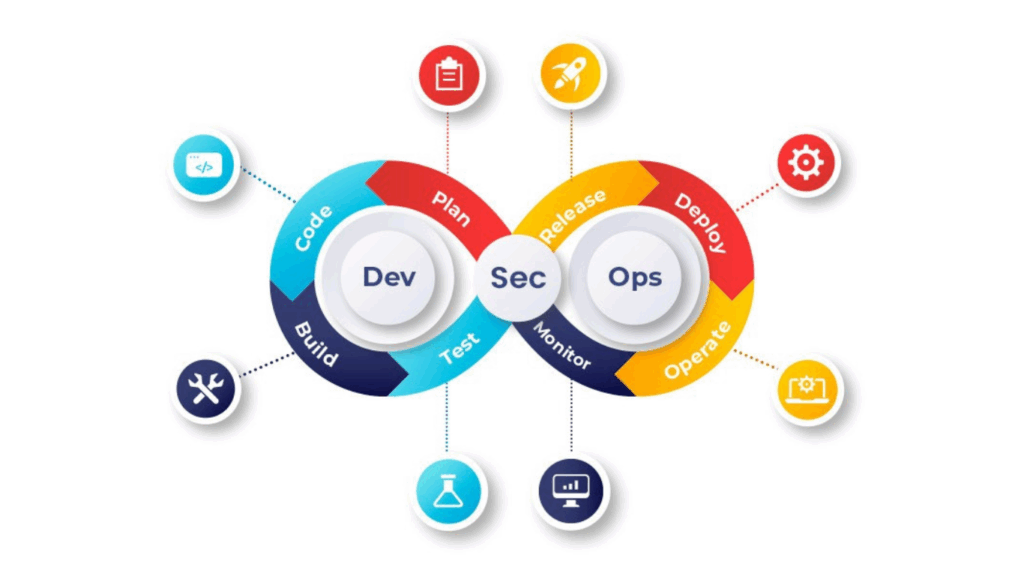Introduction:
Software testing is an indispensable part of software development, ensuring that applications perform as expected and meet user requirements. In recent years, automation testing has become a cornerstone of modern quality assurance practices. Central to this process is the Automated Testing Framework a structured methodology for automating software tests efficiently.
If you are considering a career in quality assurance or want to explore Software testing for non-IT backgrounds, understanding the concept of testing frameworks is crucial. This blog will provide an in-depth exploration of automated testing frameworks, their types, benefits, and how they can elevate software quality assurance practices.
Why Automated Testing Frameworks Matter
Manual testing is time-consuming and prone to human error. With the growing complexity of software systems, testing every component manually is impractical. Automation bridges this gap by ensuring quick and accurate testing.
An automated testing framework serves as the backbone of this process, providing guidelines, tools, and best practices for creating and executing automated test scripts. For those transitioning to QA from non-IT backgrounds, learning the nuances of automated testing can be transformative.
What is an Automated Testing Framework?
An Automated Testing Framework is a set of protocols, tools, and best practices designed to automate software testing. It simplifies the testing process by providing reusable components, standardizing test execution, and generating actionable reports.
Think of it as a blueprint that guides QA teams in designing effective test scripts and managing test cases efficiently.
Key Components of an Automated Testing Framework
- Test Scripts: Pre-written code or scripts designed to test specific functionalities of the application.
- Test Data: Input data required to execute test cases.
- Libraries: A collection of reusable functions or methods that aid in writing test scripts.
- Test Execution: Tools and environments for running automated tests.
- Reporting: Mechanisms to generate detailed reports highlighting test results, failures, and issues.
Types of Automated Testing Frameworks
1. Linear Scripting Framework
Overview:
A straightforward framework where test scripts are created and executed sequentially. Each script handles one functionality.
Pros:
- Simple and easy to implement.
- Ideal for small projects.
Cons:
- Lacks reusability.
- Maintenance becomes difficult as the project grows.
Use Case:
Small-scale applications with limited functionalities.
2. Modular Testing Framework
Overview:
This framework divides the application into modules. Each module has its independent scripts, which can be reused across different tests.
Pros:
- High reusability.
- Easier to maintain.
Cons:
- Requires more initial effort to develop scripts.
Use Case:
Projects with repetitive functionalities, such as e-commerce platforms.
3. Data-Driven Testing Framework
Overview:
This framework separates test data from test scripts, allowing the same script to run with multiple sets of data.
Pros:
- Highly scalable.
- Reduces redundancy in scripts.
Cons:
- More complex to set up.
Use Case:
Applications requiring extensive testing with varied input, such as form validations.
4. Keyword-Driven Testing Framework
Overview:
This framework uses keywords to define actions, making it accessible even to non-programmers.
Pros:
- Easy to understand.
- Reduces the dependency on programming skills.
Cons:
- Can be time-consuming to design keywords.
Use Case:
Teams with diverse skill sets, including testers without a technical background.
5. Hybrid Testing Framework
Overview:
A combination of two or more frameworks, leveraging the strengths of each to create a robust testing process.
Pros:
- Highly flexible and customizable.
- Suitable for complex projects.
Cons:
- Requires advanced knowledge to implement effectively.
Use Case:
Large-scale enterprise applications with diverse testing needs.
Why Are Automated Testing Frameworks Important for QA?
For anyone enrolled in Quality assurance tester training, understanding the benefits of automated testing frameworks is crucial. Here’s why they are indispensable:
- Efficiency: Automation reduces testing time significantly, enabling faster releases.
- Consistency: Frameworks ensure uniformity in test execution.
- Scalability: They can handle increasing test cases as the project grows.
- Cost-Effectiveness: Reduces manual effort, saving costs in the long run.
- Accuracy: Eliminates human errors, enhancing the reliability of test results.
Real-World Example: Selenium and Automated Frameworks
Selenium, a popular automation tool, often serves as the base for creating frameworks. A QA team might use a hybrid framework combining data-driven and keyword-driven approaches with Selenium to test a web application’s login functionality.
Steps:
- Develop reusable modules for actions like “enter username” and “click login.”
- Create a data file with multiple sets of credentials.
- Execute the test script using the framework.
This approach minimizes redundancy and enhances efficiency.
Challenges in Implementing Automated Testing Frameworks
- Initial Setup Time: Developing a robust framework requires significant effort initially.
- Tool Selection: Choosing the right tool for your framework is crucial but challenging.
- Skill Gap: Teams without programming knowledge may struggle with complex frameworks.
Learning Automation as a Non-IT Professional
If you are from a non-IT background, transitioning to automation might seem daunting. However, modern tools and frameworks, combined with software testing for non-IT backgrounds courses, make it accessible.
- Step 1: Start with manual testing to understand the basics.
- Step 2: Enroll in Quality assurance tester training that includes hands-on automation training.
- Step 3: Practice using beginner-friendly tools like Selenium or Katalon Studio.
Future of Automated Testing Frameworks
With advancements in AI and machine learning, future frameworks will:
- Incorporate AI-driven test case generation.
- Use predictive analytics for identifying high-risk areas.
- Integrate seamlessly with DevOps pipelines.
For QA professionals, staying updated on these trends is critical for long-term success.
Key Takeaways
- Automated testing frameworks streamline the testing process, saving time and resources.
- Types of frameworks like linear, modular, and hybrid cater to different project needs.
- Even non-IT professionals can learn automation with structured training programs.
Automated testing is that easier, better way. While testing a product, the foremost purpose is to show that it is prepared for dispatching into the market, that all the capacities announced by the product developer work perfectly. Testing is required by the engineer himself to ensure the product is prepared and clients to perceive what they have paid for.
Notwithstanding the importance of the project, it is not an easy task to test a product. Thus, there is a requirement for an easier way to detect bugs and ensure the quality of the product. In simpler terms, automated testing is the act of composing code that is separate from the software that is to be tested. The primary purpose behind the rise of automated testing is to discover broken or misplaced aspects of your application before it arrives at the completion of the creation.
However, test automation can not be acknowledged without quality frameworks; as they decide how automation is performed and whether the advantages of automation can be conveyed.
Test Automation Framework
A Test Automation Framework is the platform that is laid to offer an execution scenario to the automation test contents. The framework helps the client with different advantages that help them to create, execute, and report the automation test code effectively. It is more similar to a system that has been made explicitly to automate the tests.
The points of interest of using these frameworks can be observed in various manners like the simplicity of scripting, versatility, particularity, understandability, a measure definition, re-convenience, cost, support, and so on. Subsequently, to have the option to grab these advantages, testers and developers are suggested to utilize at least one, or more, of the Test Automation Framework.
Selecting a Fitting Framework
Based on various factors such as automation testing types and automation framework architecture, there are numerous test automation frameworks available. To adopt the best suitable framework, it is important to understand the criteria which affect the selection of the test automation framework. Therefore, here is a variety of test automation frameworks:
Data-Driven
This framework permits you to separate both the data and test code logic, putting it away in an external database. This database can be documents like text, XML, CSV, Excel, and others The characterizing highlight of this framework is that it diminishes the quantity of code and scripts needed to satisfy all test scenarios. This implies the specific team will require less code to finish a high amount of scenarios. Furthermore, changes to the test data won’t influence the test content, code, and scripts.
Modular Testing
The advantages of a modular testing framework incorporate an elevated level of modularization, which can prompt simpler and less expensive support. This framework is adaptable too, and when changes are executed simply the influenced test code must be balanced. The testing framework partitions the application under test into separate modules. Every module gets an exclusive test script and, when taken collectively, these scripts make an enormously scalable test that outlines each one. They are segregated by an abstraction layer so the progressions made in the application don’t generate impacts on the whole module.
Keyword-Based
In keyword-driven testing, all necessary catchphrases are made and set in the base code. Note that test data and these catchphrases, a.k.a. keywords, are both free of the particular apparatus being used. This framework gives similar advantages that apply to data-driven testing, however, it doesn’t need the client to have deep coding information or knowledge. In simpler terms, by learning Software Testing Training this framework is really an expansion of data-driven testing since it separates the scripts from the test data just as keeping test code in an external record.
Having said that, the testing framework is independent of the application, that is it tends to be utilized with any application regardless of the complications associated with applications to be tested. Be that as it may, the frameworks shall be versatile and viable.
Conclusion
Understanding automated testing frameworks is a game-changer for QA professionals, enabling efficient and accurate testing practices. If you’re ready to master automation, H2K Infosys offers Quality assurance tester training tailored to industry demands.
Enroll today and take the first step toward a thriving career in QA!

































2 Responses